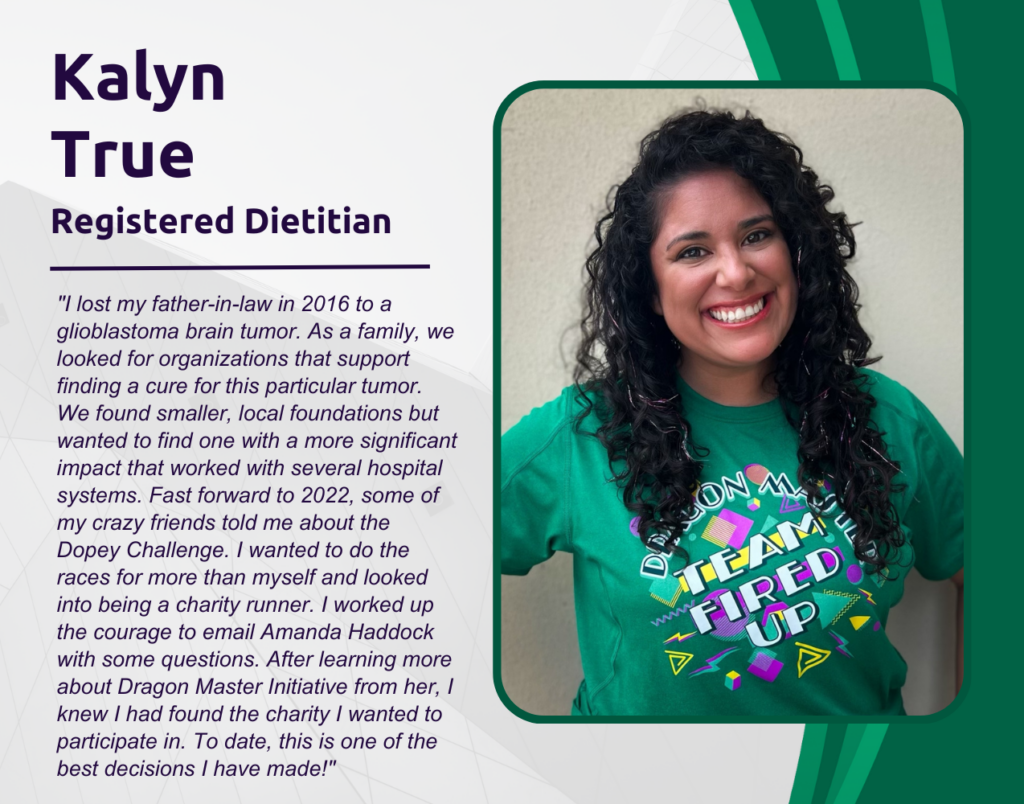*Disclaimer: These blogs are for informational purposes only and should not be construed as medical advice. Please consult a physician if you have any pre diagnosed health conditions, for today’s topic especially related to blood pressure or kidney disease. Remember, nothing new on race day, please try out all nutrition and hydration recommendations while training. This is generalized nutrition advice, please use the dietitian question box for individualized nutrition guidance.
Hello All!
Last time, I wrote about hydration and adding electrolytes and minerals to your sports drinks; today, we will discuss running a system where you may have utterly separate salt or electrolytes. This is the system that I tend to use, as sometimes, when you travel and race, you need to adjust to that particular environment, depending on the time of year in your area, some seasons may require a higher amount of electrolytes versus others, some people are heavier sweaters and tend to need more electrolytes than in the drinks previously mentioned, and some people like to have just plain water so they need the additional electrolytes.
I bring the importance of electrolytes and hydration to attention in my first few talks to hopefully prevent anyone from experiencing hyponatremia, a potentially fatal condition wherein the body’s sodium levels drop to dangerously dilute levels.

Here is an article I recommend you read that covers the importance of hydration and over-hydration well.
A “salt” replacement must have sodium, potassium, magnesium, and calcium. You would also want to consider the amounts of these electrolytes in your chosen brand, depending on your race or run, it could have varying needs based on humidity and temperature, the speed you are running at, or time on the course/training (character stops and picture opportunities!), and sweat rate. Sweat rate could be its own topic, but I think this article covers it well and gives you the instructions for an at-home sweat rate test.
Gatorade makes a sweat patch that is okay (a little finicky to get to stay on) but is the most affordable that I have found and works well enough without spending a lot of money if you are looking for more in-depth data.
Popular Brands (in no particular order)
Salt Stick Caps:
Capsules can be taken as-is or opened and poured into a drink, free from unnecessary fillers, gluten-free, non-GMO, and vegetarian. I recommend taking one capsule every 30-60 minutes, and each capsule provides:
- 215 mg sodium
- 63 mg potassium
- 22 mg calcium
- 11 mg magnesium
Salt Stick Fast Chews:
Flavored electrolyte replacement chewable tablets dissolve very quickly in your mouth as you chew them, per the company, enabling the electrolytes to enter the bloodstream. Since it is a slightly lower dosage, I recommended to take 1 to 2 chews per 20 minutes of high-intensity activity. Each capsule provides:
- 50 mg of sodium
- 15 mg of potassium
- 5 mg of calcium
- 3 mg of magnesium
Base Electrolyte Salt:
Salt tablet dissolves under the tongue and comes in little vials that can be shaken onto your thumb and then licked. This claim is that direct sublingual absorption is less likely to cause GI issues than capsules. I recommend to take 1-3 licks every mile that you run. Per 1/8 of a teaspoon:
- 290 mg sodium
- 6 mg potassium
- 3 mg calcium
- 12 mg magnesium
PolyFit Electrolyte Salts:
Capsules made with Himalayan salt, so they also contain a variety of other vitamins and minerals, are sugar-free, and have no artificial flavors, colors, or sweeteners. Taking 1-2 capsules with 8-16oz of water immediately before exercise is recommended. Take one pill with at least 8oz of water every 30-60 minutes during physical activity. Each Capsule Contains:
- 120 mg Sodium (Himalayan Pink Salt)
- 230 mg Chloride (Potassium Chloride, Himalayan Pink Salt)
- 100 mg Potassium
- 50 mg Calcium
- 50 mg Magnesium
Salt Packets:
The most budget-friendly and widely accessible option, Pink Himalayan salt is also an alternative and will have similar amounts of sodium but slightly higher amounts of calcium, potassium, and magnesium. Recommended 1-2 individual salt packs every mile. 1/8 tsp of regular table salt (according to the USDA):
- 290 mg sodium
- 6 mg potassium
- 18 mg calcium
- 1 mg magnesium

Salt tabs may not be for everyone, and not everyone has a positive experience with them. Some runners may feel off or overly thirsty after taking a tablet. Keep a mental note of how you feel after taking salt tablets before or during your run. If used in excess, not as directed on packaging, or in addition to large quantities of the previously discussed nutrition drinks, these tabs could initially cause upset stomach, nausea, or vomiting by drawing too much water into the gut. If your body is unable to expel the excess sodium in the bloodstream, it could lead to hypernatremia, a condition where water rushes out of cells to try to dilute the sodium in the blood, causing damage to the cells, rupture of blood vessels, confusion, muscle twitches, or seizures. It is far less common for people to experience hypernatremia, but it is VERY important to keep the proper balance of electrolytes and use products as recommended. Always be aware of the electrolyte content in all your hydration and nutrition products you are consuming.
